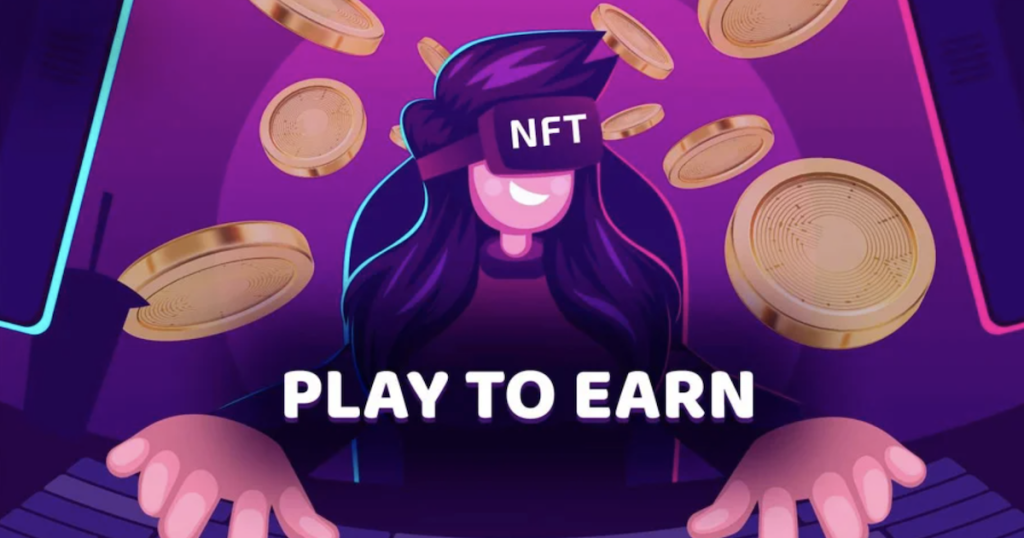What makes a crypto game good? Some would argue that the value of a crypto game is determined by its tokenomics. Questions of demand and supply quickly become the focus of the discussion if we follow this line of logic, but this is far from the only question of importance.
In fact, this is something that receives almost no attention from those in the crypto space. The question that needs to be answered before we can dig into what makes a crypto game good is: “what makes a crypto game, a game?”
There are many answers to this, but perhaps a commonly accepted answer within the gaming industry is ‘fun’. To really unpack what makes a crypto game a game, we should firstly examine what makes them fun to play, and the reasons to keep playing.
What exactly is ‘fun’?
Of course, to suggest that there is only a single definition of fun would be a gross oversimplification because different people find different things fun.
However, that is also not to say that there are no commonalities between any players. On the contrary, research has shown significant consistencies between groups of players on what ‘fun’ means to them.
Game designers categorise them as: achievers, explorers, socialisers, and killers. This categorisation, known as Bartle’s Taxonomy, divides players based on what they want from a game.
Achievers play to get further into the game, and thrive when their mastery of the game is acknowledged. Explorers enjoy finding out the hidden secrets within the game, and are motivated by ‘easter eggs’ and learning more about the world that the game presents to them.
Socialisers spend time gaming in order to meet new people, and are motivated by social interaction with other players. In contrast, killers seek to dominate others in the game; any way that a game allows them to showcase their power drives killers to play.
The primary motivation to play a game can be summarised as follows: Achievers enjoy acting on the game world, explorers enjoy interacting with the game world, socialisers enjoy interacting with players, and killers enjoy acting on players.
Understanding the crypto games landscape
But where does this taxonomy leave us for crypto games?
Put simply, games need a healthy ecosystem of players to survive — domination of the player base by any one particular group is neither sustainable nor desirable.
Furthermore, crypto games have been so focused on the crypto aspect that they have neglected the ‘game’ aspect of crypto games.

As the most successful crypto play-to-earn (P2E) game to date, it is perhaps the most instructive to examine and deconstruct Axie Infinity as an example.
In Axie Infinity, players can collect and breed tokens, known as Axies. These Axies can then be used to battle against other players or to mine for cryptocurrency.
Beyond this, there is not much else to do. The game is essentially sustained by those who keep playing in order to make money — no fun required.
Axie Infinity, as successful as it is, has already begun to show problems in keeping interest up.
Its developers, Sky Mavis, recently increased transaction fees in their marketplace, and offered a cut to content creators who successfully referred new players to the game. This came on the heels of a decrease in the number of active players of Axie Infinity.
Clearly, Sky Mavis has not thought through the gameplay aspect of Axie Infinity to sustain a healthy player ecosystem and keep players invested in the game.
Axie Infinity is not alone in facing this problem. Since many P2E games follow the model set by Axie Infinity, this problem is actually common to most P2E games.
Selling crypto should not be the focus of crypto games

As previously seen, current crypto games do not really offer much in terms of gameplay — players are essentially carrying out the same tasks repeatedly.
What should really be done for a crypto game to become more appealing to gamers is for developers to consider Bartle’s Taxonomy, and focus primarily on the game aspect, before they weave in features like crypto mining and P2E.
For starters, it might be helpful to consider what crypto games already have, and what could be improved on in terms of player retention.
Games like Axie Infinity already feature leaderboards, which can incentivise achievers. However, leaderboards currently track only two metrics: points, and wins. To be more effective, leaderboards can be designed with other metrics as well as not all achievers can be satisfied with limited metrics.
Some crypto games are also appealing to socialisers, with guilds, streamers, and other forms of social influencers, but a healthy mix of players must also include explorers and killers. Killers provide a greater challenge for achievers, while explorers find out the best ways to optimise gameplay and discover better combinations that eventually trickle down to the rest of the community, allowing for higher levels of gameplay and greater challenges for all players.
Killers can be incentivised by having a more engaging PvP element within the games, which at this point, is woefully lacking. Alternatively, game designers can include other ways for players to exert dominance — both strategic and mechanical.
Explorers for their part require game developers to find ways to better immerse players in the world that they create. Crafting storylines, hidden areas, or otherwise allowing for greater customisation will provide explorers with reasons to keep playing. This too, is something that has not received sufficient attention.
While this may seem difficult to do for a crypto game — where the focus is on mining, battling and trading — the point that these games miss is that players do not always have to be mining crypto to earn.
Games can incentivise mining and make it a part of the game, but allowing players to craft items, control customisation of tokens, and measure success in ways other than points and wins can significantly help with player retention. It also helps to increase the depth of the game, providing players with more to play for and do.

And since all games have a currency, cryptocurrency can be the currency of choice within the game world. Players who wish to make money can go through the tedious process of mining, or start an in-game business, such as running a tavern for example.
At the end of the day, a cryptocurrency is a medium of exchange — it is money. A marketplace is not defined by having a large pool of money and is instead defined by the different items that can be sold or bought, and the players who are there to buy and sell.
To design a game where all players do is mine, mint, and trade all day long would be to create a cryptocurrency and put a gaming skin on it, without actually designing the game aspect of it.
Featured Image Credit: Cointribune










